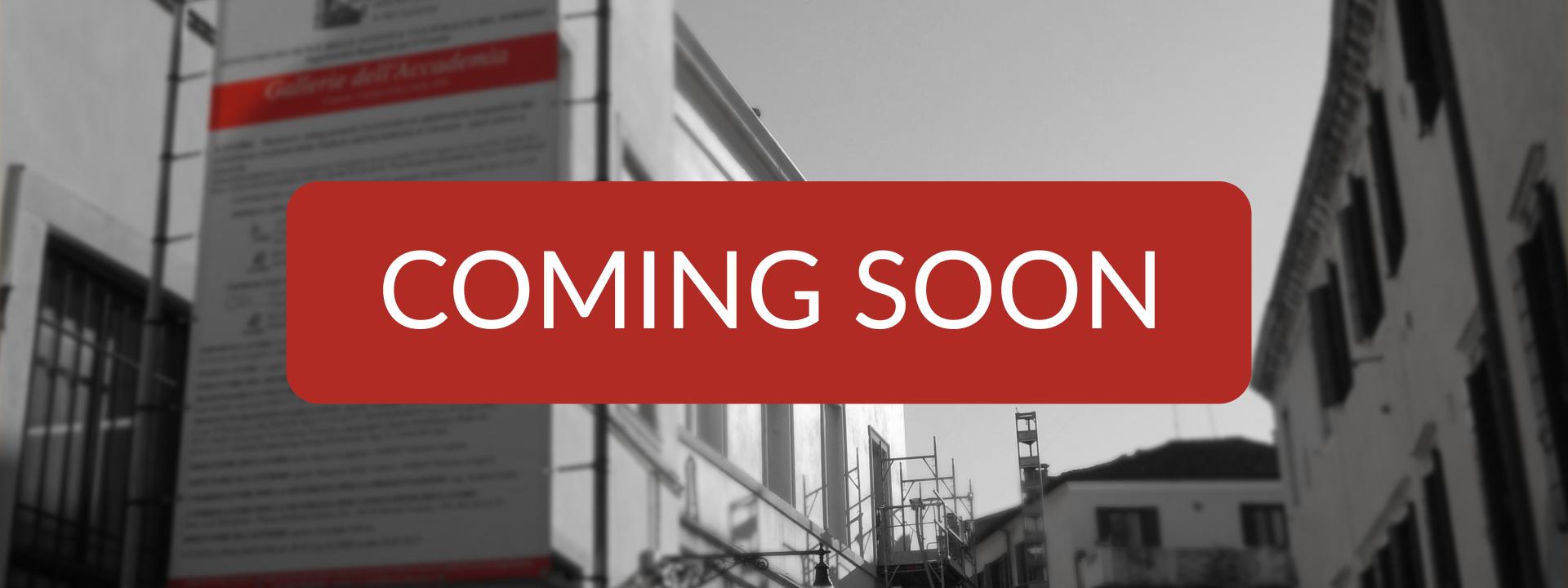HALL CURRENTLY CLOSED
What is it precisely that makes Giorgione’s paintings so enigmatic and difficult to decipher? In part it has a lot to do with his rather obscure life, about which the only thing we know with any certainty is that he died of the plague in 1510 at the age of 36. Scholars are constantly debating his catalogue of works. What’s more, the fact that these were destined for private collectors makes it difficult to determine his works’ contexts, functions, and explicit meaning.
It is, however, Giorgione’s painting itself, which is animated by continual experimentation, that has added to this aura of mystery. His innovative technique, based on suffused transitions between tones of the same colour with differing luminous intensity (similar to Leonardo’s sfumato), permeates each object with a dreamy, evocative atmosphere.
It must also be added that many of the subjects Giorgione painted are not based on canonical iconographic models. In the Tempest, for example, the landscape (which was not an independent genre at the time) is preponderant, and the figures are not immediately identifiable with characters or events belonging to stories we are familiar with.
The apparent absence of a narrative structure bestows an allegorical value on these themes. The Old Woman does anything but celebrate the subject for her economic and social status and instead puts her unfiltered physical aspect in pride of place, while the words in the cartouche offer a moralising albeit ambiguous interpetative key with their reference to time.
There is a sort of erudite hermeticism in Giorgione that could be attributed to his frequenting the highbrow humanist circles of Venice and Padua, where material reality was studied as the manifestation of a unique principle of divine truth. Just as inscrutable is the real meaning of his Nude, an extant fragment of an important fresco cycle from the exterior of the Fondaco dei Tedeschi. The female figure is nonetheless evidence of Giorgione’s growing interest in Greek and Roman sculpture and the human form, which would shortly become commonplace thanks to Titian and Sebastiano del Piombo, or “excellent creations of his” to use Vasari’s words. There are also a few youthful works by Sebastiano del Piombo in this hall that are testament to the maestro’s influence. This is clear in the organ doors by del Piombo who, despite developing Giorgione’s Fondaco premise in the classical monumentality of the central door, shows that he has grasped the maestro’s attention to colour through powerful material touches and the subtle rendering of luminous effects in the side doors displaying Saint Louis of Toulouse and Saint Sebaldus.
